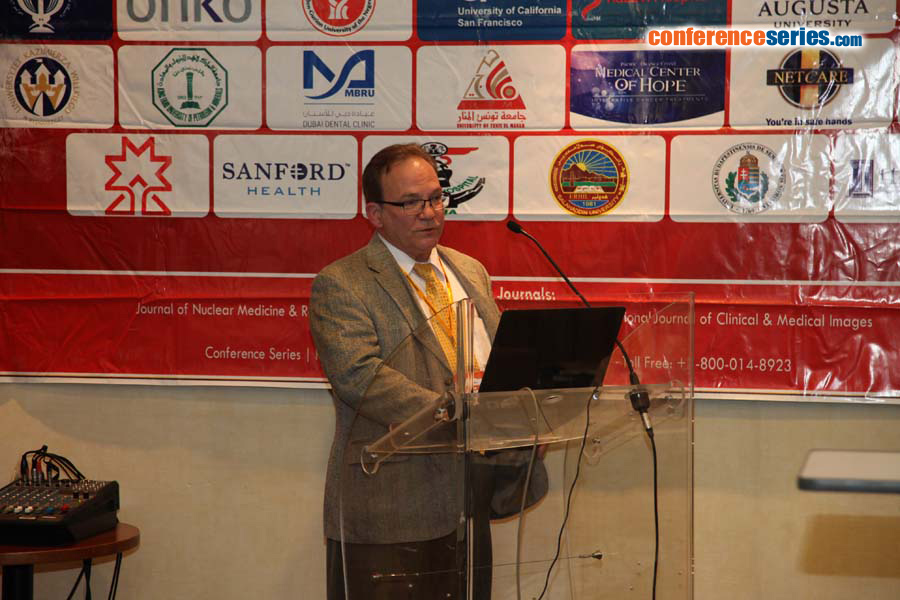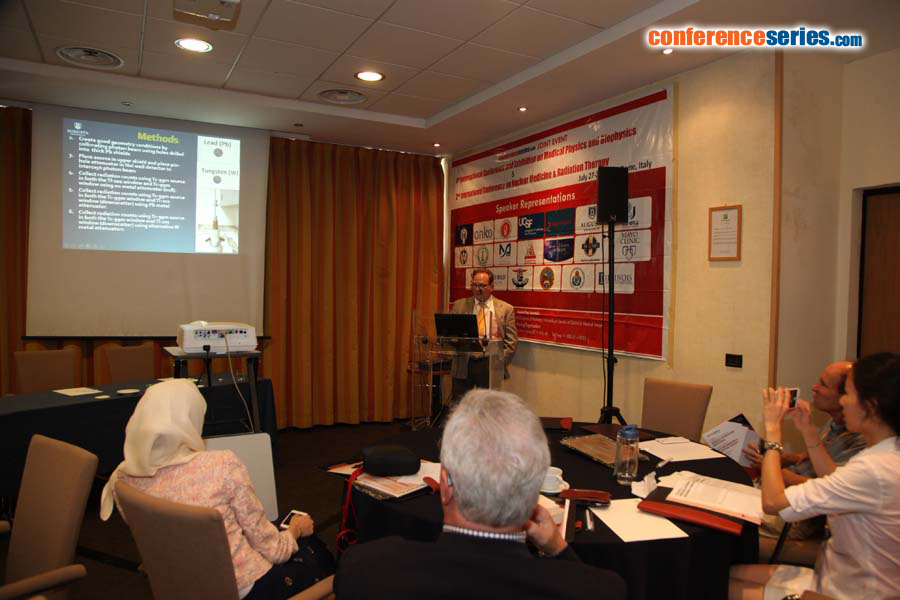
Gregory G Passmore
Augusta University, USA
Title: Development of a W pinhole collimator for removal of Tc/Pb down-scatter in the Tl/ Tc dual-isotope spectrum
Biography
Biography: Gregory G Passmore
Abstract
Single-photon emission computed tomography (SPECT) camera imaging of myocardium perfusion is dependent upon maintaining usable geometry between the detector and the view of patient through the use of an attached lead (Pb) collimator. Both Tl-201 and Tc-99m radiopharmaceuticals can indicate the perfusion characteristics of myocardium. Of the two, Tl-201 has the capability to differentiate between viable or scarred myocardium. Currently, SPECT dual isotope, as well as singular isotope, myocardial imaging protocols require two scans. Simultaneous imaging of Tl-201 and Tc-99 m would have the benefits of eliminating potential errors caused by position misalignment between scans, significantly reducing the study time. In addition, simultaneous Tl-201/Tc-99m would provide optimal perfusion imaging and tissue viability signaling. This would further enhance the diagnostic ability of the modality, especially for those patients who are contraindicated for other functional imaging such as PET. However, the Pb collimator interacts with the Tc-99m 140 keV photon to create Compton down-scatter components and k-shell x-rays which interfere with imaging the ~70-80 keV Tl-201 photons. This down-scatter reduces image resolution and obscures Tl-201 defects, falsely indicating viable myocardium. Replacing the Pb collimator with the differing density and lower energy K-shell x-ray cross-section would potentially reduce the Tc-99m down scatter photons in the Tl-201 photopeak range. The aim of the project was to test the ability of a tungsten (W) pinhole attenuator in reducing the detrimental effects of Pb generated down-scatter during simultaneous dual-isotope 201Tl/99mTc imaging through increased absorption and shifting the k-shell x-ray out of the Tl-201 photopeak. Outcomes indicate a significant reduction in down-scatter using W attenuators compared to Pb attenuators.





